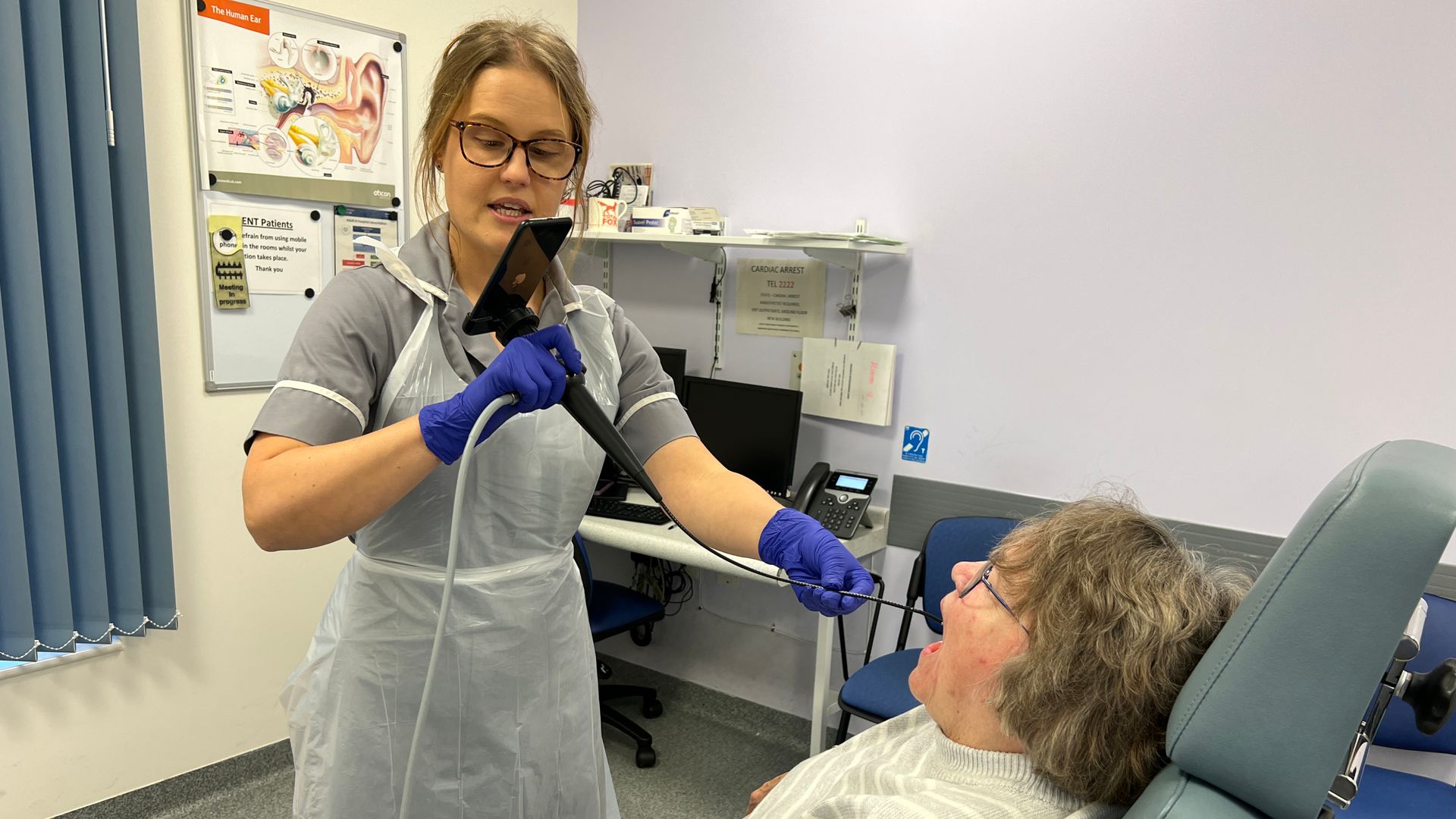
The BDN Opinion section operates independently and does not set news policies or contribute to reporting or editing articles elsewhere in the newspaper or on bangordailynews.com.
Tyler Hadyniak is the chair of the Freedom Planning Board.
Since LS Power became a household name in July, I could talk to 10 different people and hear 10 different takes on what LS must do to begin construction of its proposed transmission line. I am chair of the town of Freedom Planning Board, the municipal body that will be tasked, like in many towns, with granting or denying an eventual permit application from LS Power in our community. I felt spurred to do my own research — which I present not as formal legal advice or the formal position of the board itself — to clarify the process LS Power faces.
Misconception No. 1: Once LS Power is granted a certificate of public convenience and necessity from the Public Utilities Commission, it will automatically be vested with the power to use eminent domain.
This is simply not true. LS must petition the utilities commission to approve any eminent domain requests — which is not allowed in many circumstances and carries an immensely high burden of proof.
Misconception No. 2: LS Power can be “suddenly” granted a certificate.
This is not true. LS should first complete their public outreach and alternative route selection, then they must apply for a certificate from the utilities commission. Before the commission grants a certificate, it must alert affected parties and municipalities and schedule a comment period and a public hearing.
Misconception No. 3: Once LS receives a certificate from the utilities commission, it can begin constructing its transmission line.
I’m sure LS wishes it was this easy. LS must at least do the following things before starting construction: receive a certificate from the commission; receive, or be denied, municipal permits; potentially ask the utilities commission to exempt it from local ordinances; get approval from the Maine Department of Environmental Protection; and get approval from the U.S. Army Corps of Engineers. All of these steps will have opportunity for comment and participation by concerned residents and formal intervenors.
If these steps sound laborious, that’s because they are. There is a reason LS aspirationally states on its website that it anticipates being granted a certificate sometime in mid-2024, but not receive all necessary permits until at least 2026. There are many regulatory checkpoints at which this proposed line could be derailed — including contract negotiations between the major players — not to mention by action from the Maine Legislature and the Maine Judicial Branch.
Personally, I hope this project succeeds and is narrowly tailored to do as little harm as practical to the environment and affected Mainers, keeping in mind that “perfect” is not an option and “ideal” is not commensurate with the challenges our electric grid faces. But LS has a long road ahead with many potential barriers. Like a sculptor who whittles away at undesirable chunks of stone, I trust our government processes will whittle away at undesirable aspects of this project to produce a final result that will fit Maine’s clean energy goals, yet have as little negative impact as practical. Being involved in those processes is how we, as concerned citizens, have input into what the final sculpture looks like.











